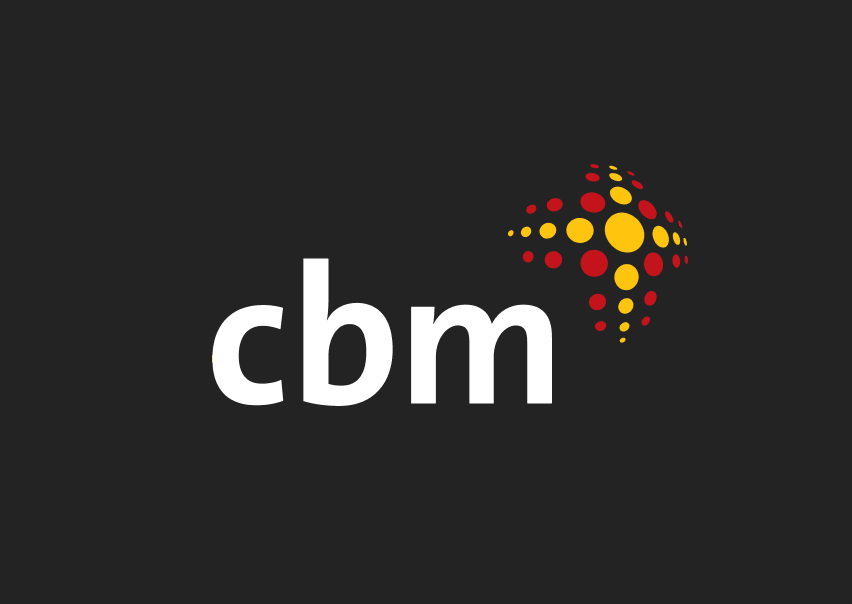Digital Accessibility
Stories | January 15, 2024
One the themes for this year’s Conference of States Parties (CoSP) to the CRPD [Convention on the Rights of Persons with Disability] centred around Digital Accessibility – to acknowledge the importance that technology plays in current development practice. This is because evidence suggests that people with disabilities face inequality in accessing Information and Communications Technology (ICT) and assistive technology.
There are several components to creating accessible digital information to ensure that people with disabilities are not left behind, but engagement is key to furthering both inclusion and knowledge accessibility. One way to address development in the field of knowledge accessibility is by engaging experts and representatives of relevant disability organisations, academic institutions, and governmental programs to share their experiences.
It is also essential that people with disabilities have opportunities to share knowledge and present their vision, goals, and strategies for enhancement of mechanisms of digital accessibility. People with disabilities need opportunities to discuss strategies and mechanisms for tackling ongoing challenges that continue to hinder expansion of inclusive e-governance platforms for people with disabilities at local, national, regional, and international levels.
At present, when it comes to technology and innovation, people with disabilities are being left behind. Given the prevalence of digital tools and resources in our day-to-day lives, inaccessibility of these resources mean that people with disabilities will continue to be left behind. However, many factors influence lack of access to technology:
“To reap the full benefits of technologies, it is also important to understand the social, cultural, political, regulatory, environmental, and economic factors influencing access to technologies. This includes several ongoing policy agendas within the UN system: intellectual property rights, technology transfer mechanisms, technology banks, efforts to strengthen statistical capacity, and more.” – The Trustee Council Chamber on the Role of Technology in Implementing and Monitoring the Sustainable Development Goals (SDGs), 2017.
Where the Trustee Council Chamber states ‘and more’, this could easily refer in part to digital accessibility, and by extension, ensuring that all people with disabilities have access to knowledge that has become commonplace within the context of modern society. At present, people with disabilities are not only left behind when it comes to accessing knowledge, but they often are not engaged to communicate their ‘vision, goals, and strategies’ at all.
To make access to technology a reality, key stakeholders must be involved, including governments, researchers, relevant industries in the public and private sector as well as people with disabilities. The Global Cooperation on Assistive Technology – a partnership among United Nations agencies, organisations of and for people with disabilities, donor agencies, professional organisations, academia and industry – has been working since 2014 to assist Member States to improve access to high-quality and affordable assistive technology. This partnership has already pushed successfully for the Priority Assistive Products List. More partnerships, focusing on ICT and technology accessible for people with disabilities, can bring similar benefits in other crucial areas. While many initiatives, projects and organisations worldwide have been carrying out innovative practices in enhancing the potential of technology for people with disabilities, the majority are based in developed countries; many developing countries lack the required ICT and technological infrastructure
Considering the vast potential of technology to improve the lives of people with disabilities and to contribute to the implementation of the Convention, wider access to technology among people with disabilities should be considered a priority. It is crucial to reduce the gaps in access to technology, digitalisation and ICTs between people with and without disabilities and to invest in assistive technology. The steps to reduce these gaps for people with disabilities include focusing on raising awareness and enhancing knowledge of ICT accessibility, formulating policies and financial incentives to support universal design in technology and other areas, making assistive technology and ICT available and affordable for people with disabilities, and investing in a barrier-free environment.
Used together, the 2030 Agenda and CRPD frameworks grant us the means to ensure that those at risk of or experiencing existing disadvantage – such as the deaf community, people with intellectual disabilities, people with psychosocial disabilities and people with multiple disabilities living in poverty – are no longer left behind, including within technological advances. As we mobilise support for the 2030 Agenda, it is important to ensure that we are taking action with the technology and information sectors. We need to engage these non-traditional development actors to ensure that as technology advances, our development efforts and the ability of people with disabilities to have technology that supports their inclusion advance as well.
In considering how to make digital information accessible for people with disabilities, we cannot forget that engagement across all areas is essential: inclusion, engagement, education and knowledge accessibility.
On 11 June, Disabled Peoples’ International hosted a CoSP side event titled, ‘Digital Accessibility: Strategies for Disability Inclusion in E-Governance Platforms (Best Practices from the Global North and Global South)’. This event was co-sponsored by the Zero Project, AFDO, CBM, G3ict, IDPP, WBU and World Enabled.
Case Study
A crucial element of knowledge accessibility is education. Exams are often used to assess students’ knowledge retention, and CBM is supporting more children with disabilities to access education in inclusive settings in sustainable ways.
Since 2009, the program Socio-Economic Empowerment of People with Disability (SEEPD) has worked in 314 villages in the North West Region of Cameroon, funded by CBM Australia and the Australian Government aid program.
This case study discusses some of the frustrations experienced by students with disability when accessing exams:
Some of the frustrations of these learners has forced the program to focus on certain areas. For example, the fact that young people with visual impairment were unable to take exams (and therefore pass their year and graduate) because of inaccessible formats and unbending rules, has forced the program to approach the Exam Board, who now is seriously considering the way in which it can address inclusion in assessment. This is an area that needs to be showcased, as it is rarely addressed adequately in the Inclusive Education work that CBM supports globally.
The evaluation team heard about the situation of a visually impaired secondary school student who fell back in his schooling by 3 years, just because there was not the means for him to sit examinations and therefore graduate and move on to the next year of school. This happened twice in secondary school and once at university. He expressed frustration that there was no means for the exams to be adapted, or flexibility for exam times to be extended. Repeating the year and hoping for more flexibility in grading the following year was his only option. This has now changed incredibly because of the advocacy of the program and the responsiveness of the exam board. He is now studying politics in third year at the University of Bamenda.
Bridget, the project’s education advisor, notes that making information accessible requires a holistic approach:
It’s actually more than just putting an exam paper into Braille – we’ve also had to work with the exam board so they think through the core competencies they are testing, and how that works for visually impaired students. For example, you can’t ask blind students doing a biology exam to comment on a diagram or a picture to test their knowledge of the subject. The exam board is having to do a real rethink of what it understands by accessibility.
While more work is needed to make lessons and study processes accessible for blind students, knowing that the examiners’ board is thinking about these issues shows that progress has been made.
Francine, a blind Uni student, has benefited from this progress:
If you look at 15 years ago, for blind young people, no one thought they could contribute. No one wanted to waste money on them. But now there is a lot more awareness, and actions being taken at every level, including exams.
Acknowledgements
CBM acknowledges and thanks contributions to this piece from:
6th Economic and Social Council Youth Forum CONCEPT NOTE
Country Experiences on Disability Data Collection
Contributions made by CSOs, DPOs and disability networks to the submissions and documentation supporting the roundtable on technology, digitalization and ICTs for the empowerment and inclusion of persons with disabilities
https://www.cbm.org.au/stories/digital-accessibility
Related Stories

Week 3 – Lent Series 2025
The image of God; an invitation into solidarity Olubunmi remains isolated in her home. Outside, stigma awaits her. For 27 years she has kept her...

Week 2 – Lent series 2025
Lent, Solidarity and Lament “It’s like I’ve woken up in an alternate universe.” These words I have said a few times over the last three weeks....

Building a Just and Inclusive Future: Disability-Inclusive Disaster Risk Reduction and Climate Action
People with disabilities are among the hardest hit by...
